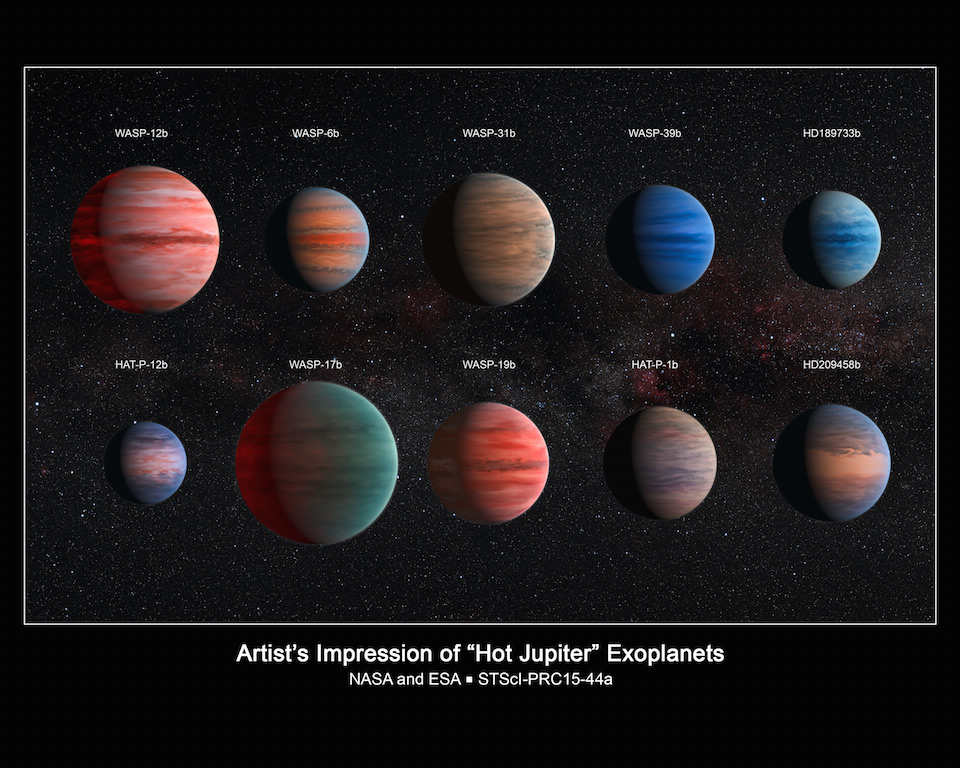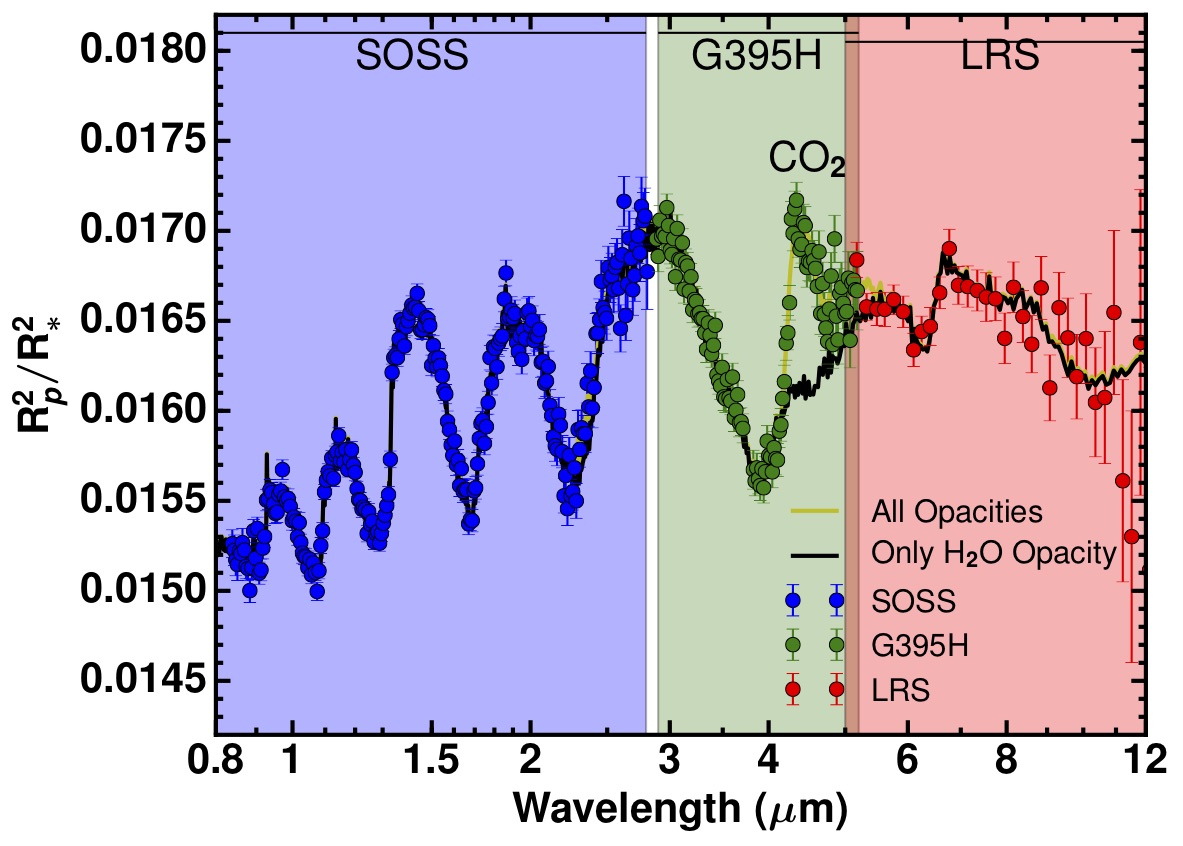Exoplanet Atmospheres 
One of my primary research interest is in developing forward and retrieval models to interpret the observations of Exoplanet atmospheres. We have developed extensive public libraries of simulated atmospheres and their spectra for various exoplanets, which can be extremely useful to choose scientifically important targets for James Webb Space Telescope (JWST), Hubble Space Telescope (HST) and various ground based telescopes, along with interpreting existing observations. This library is publicly available online (Atmospheric Library of far away worlds) and the details can be found in Goyal et al. 2020, MNRAS, Goyal et al. 2019, MNRAS and Goyal et al. 2018, MNRAS. The library presented in Goyal et al. 2019, MNRAS can also be accessed on the ExoCTK website with a graphical user interface. These libraries have been applied to interpret transmission spectra observations of various exoplanets (see for eg. Wakeford et al. 2017 AJ, Carter et al. 2020, MNRAS, Evans et al. 2019, AJ).
These libraries also has been applied to interpret emission spectra observations of various exoplanets and constrain their thermal structure. For example in Evans et al. 2017, Nature, a stratosphere was detected in the atmosphere of ultra hot gas-giant exoplanet WASP-121b and in Nikolov et al. 2017, MNRAS we detected an isothermal emission spectrum for HAT-P-32b.
Figure below shows an example of how this library of models can be used to select best targets and plan observations using different modes of JWST.

WASP-17b best fit model from the library of models for current HST observations,
simulated with Pandexo for different JWST instrument modes.
(See Goyal et al. 2018, MNRAS and Erratum Goyal et al. 2019, MNRAS for details)